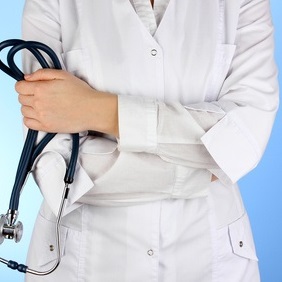How is hypogonadism treated?
Written in association with:Hypogonadism is a condition where the body produces low levels of testosterone or oestrogen, leading to a range of symptoms such as fatigue, reduced libido, infertility and osteoporosis. Treatment depends on whether the condition is primary (caused by testicular or ovarian dysfunction) or secondary (due to problems with the pituitary gland or hypothalamus).

What are the treatment options for hypogonadism?
Hormone replacement therapy (HRT)
The most common treatment involves restoring hormone levels through:
- Testosterone replacement therapy (TRT) – Administered via injections, patches, gels, or implants for men with low testosterone.
- Oestrogen therapy – Used for women with oestrogen deficiency, often combined with progesterone.
- Human chorionic gonadotropin (hCG) – Can stimulate testosterone production in men and ovulation in women.
Medication to stimulate hormone production
- Clomiphene citrate – Used in men to encourage natural testosterone production.
- Gonadotropin injections – Help stimulate the testes or ovaries in cases of secondary hypogonadism.
Lifestyle and dietary changes
- Maintaining a healthy weight – Excess body fat can contribute to hormone imbalances.
- Regular exercise – Resistance training and cardiovascular workouts help regulate hormone production.
- A balanced diet – Nutrients such as vitamin D, zinc and healthy fats support hormone production.
- Managing stress – Chronic stress can disrupt hormonal balance by increasing cortisol levels.
Treating underlying causes
- Managing chronic conditions – Treating conditions such as diabetes or pituitary disorders can help restore hormone levels.
- Addressing medication side effects – Some drugs, including opioids and steroids, can suppress hormone production.
Can hypogonadism be cured?
Treatment can restore hormone levels and alleviate symptoms, but the condition often requires long-term management. Early diagnosis and appropriate intervention can improve quality of life and prevent complications such as osteoporosis and infertility.


